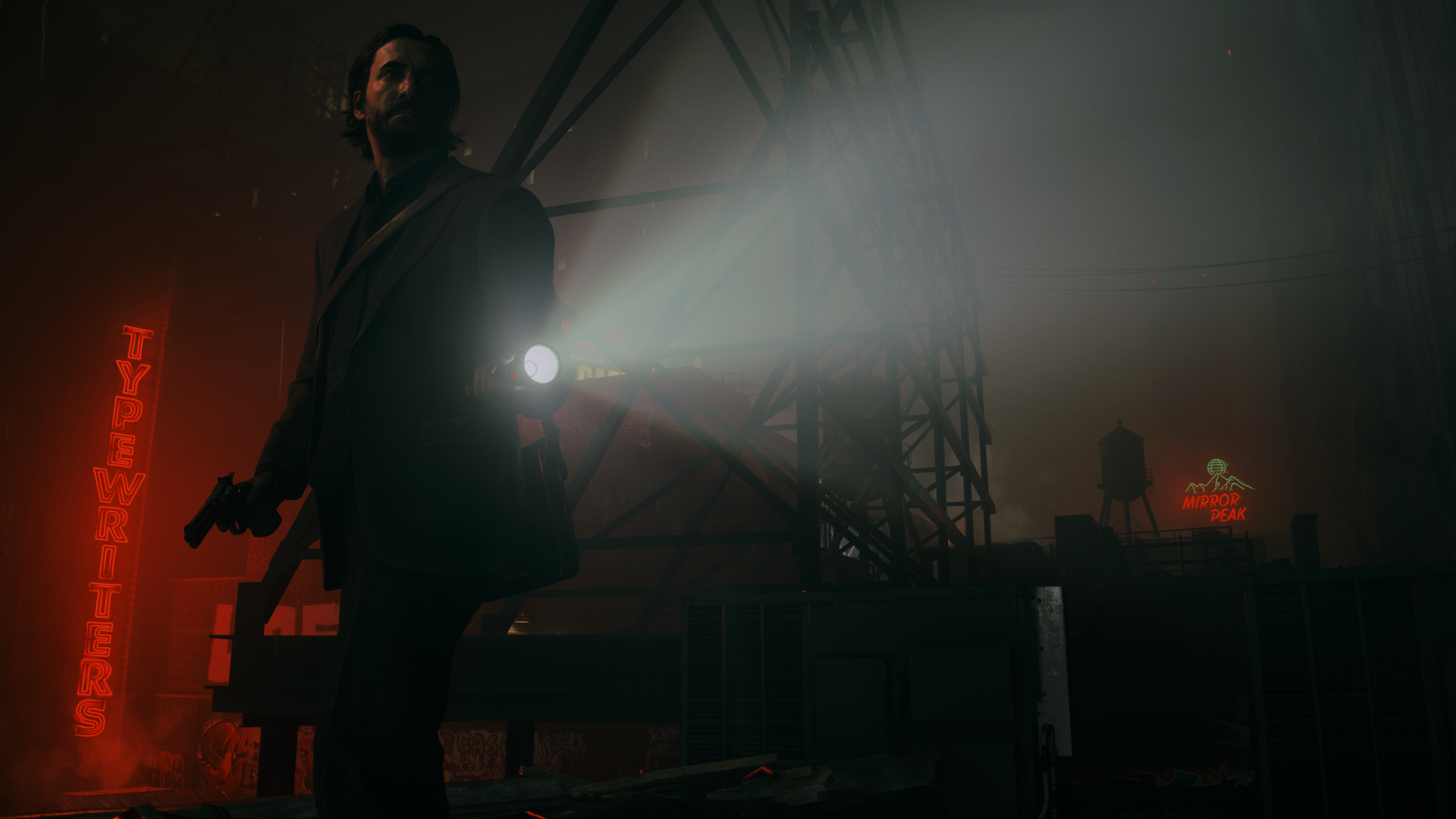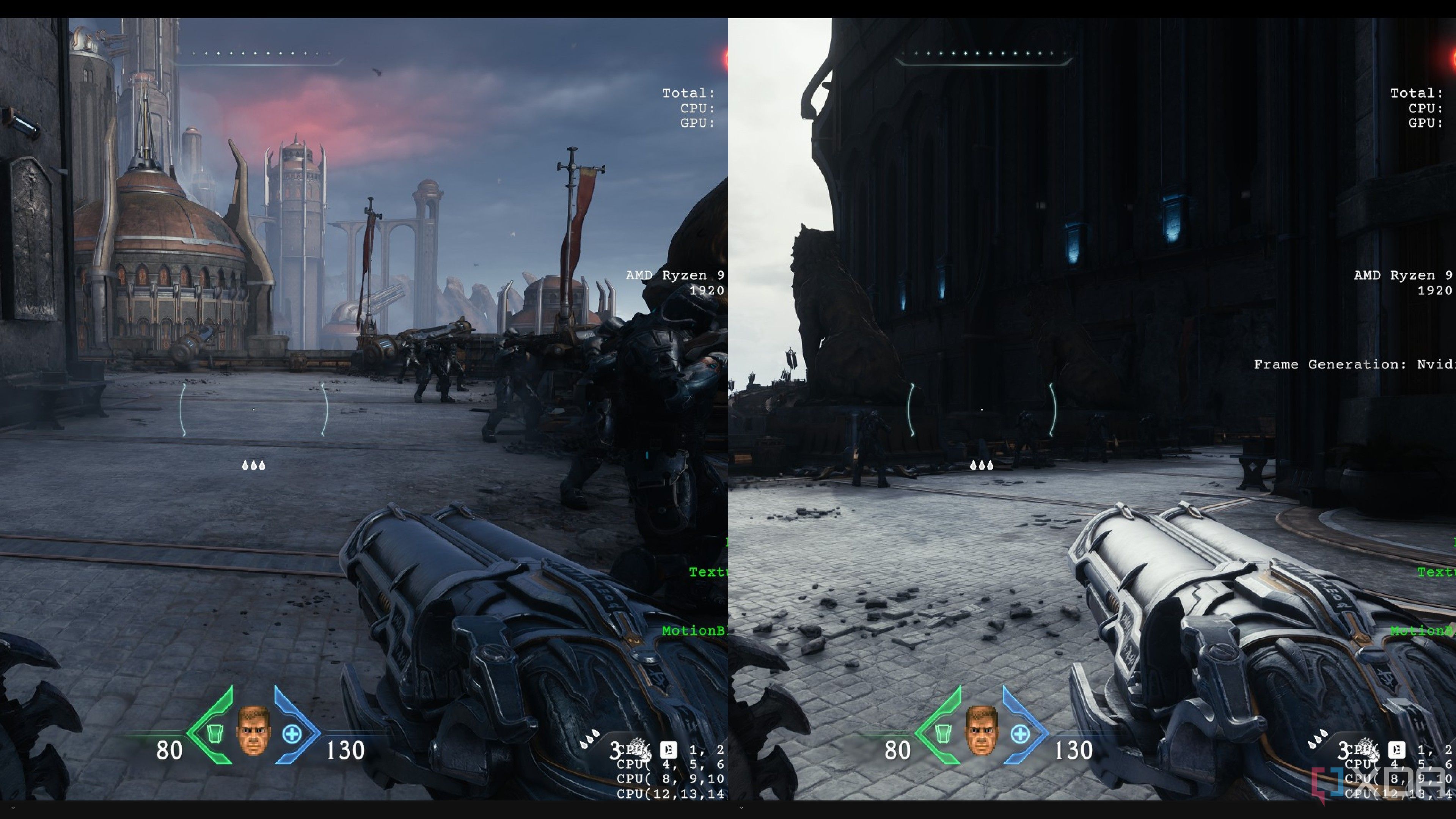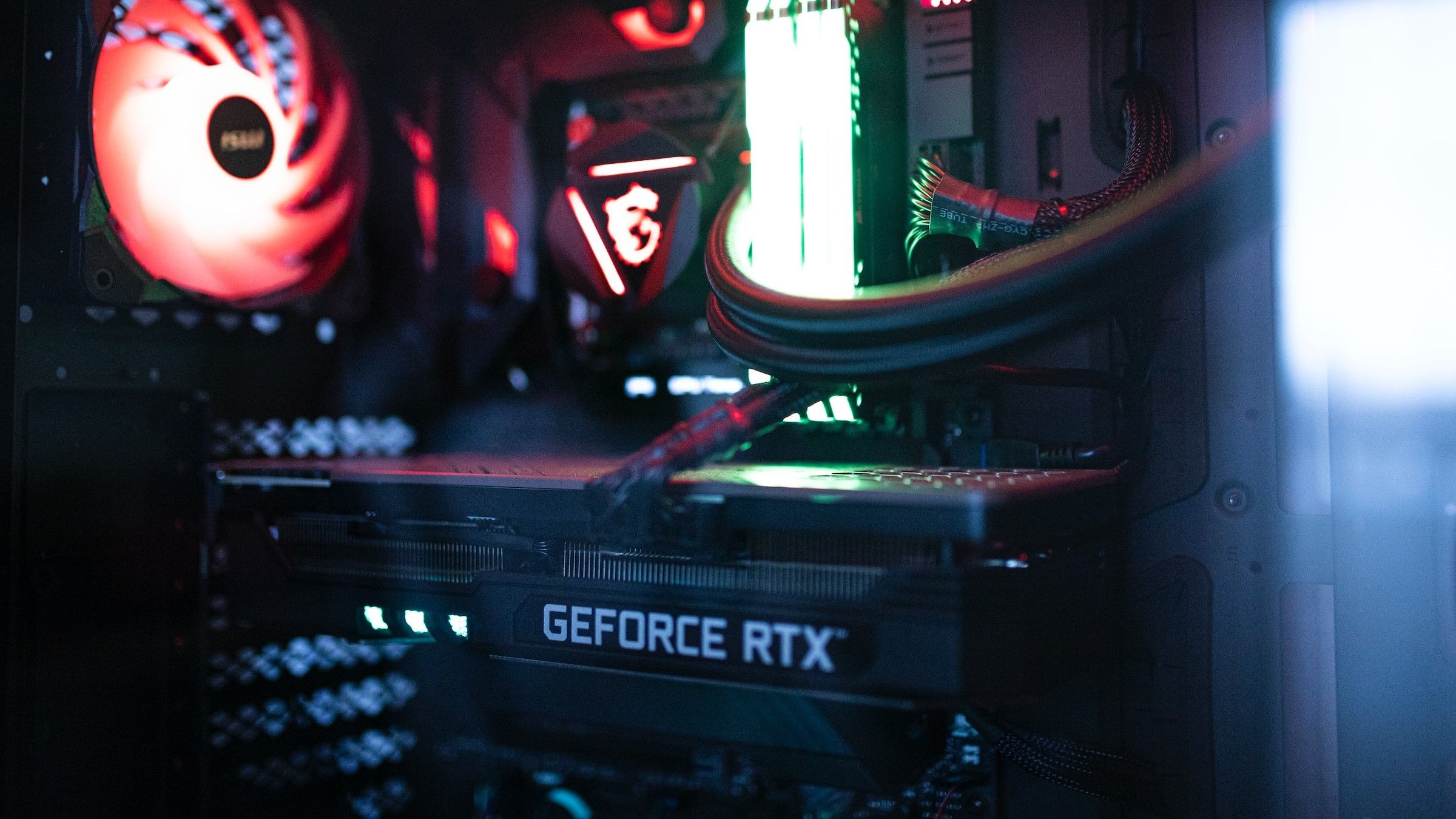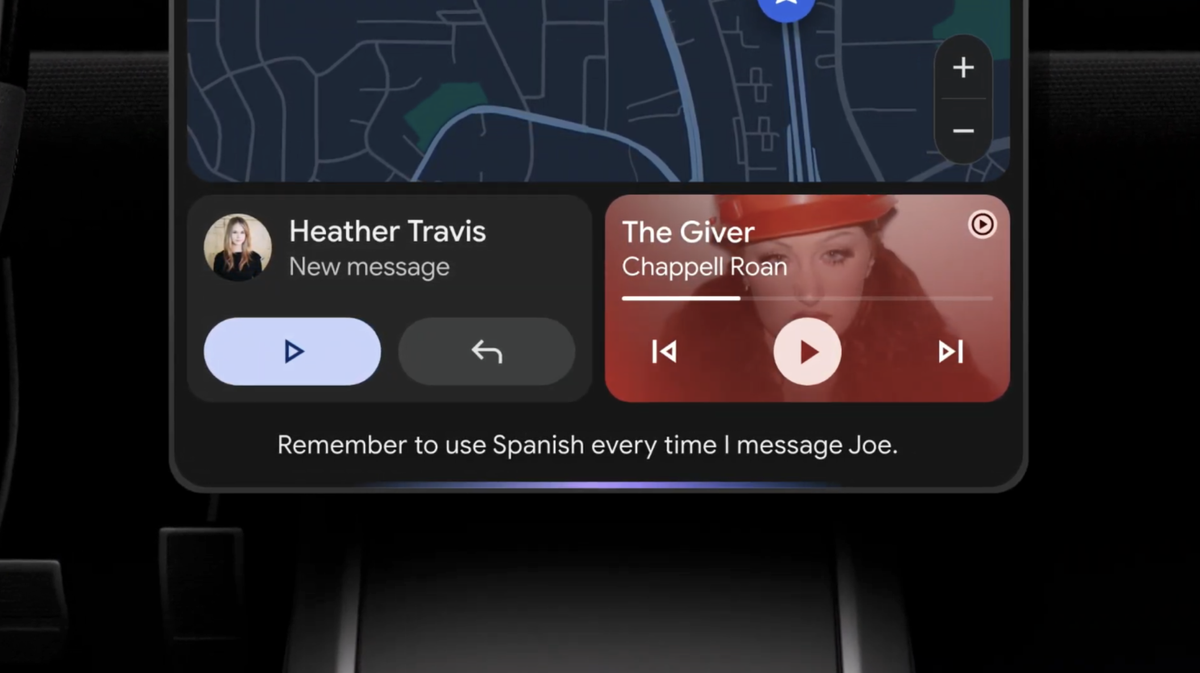Ray tracing made its way into gaming in 2018 with the launch of Nvidia's RTX 20-series graphics cards. At that time, the company made it seem revolutionary and promised a massive leap in visual fidelity. However, the first set of games with real-time ray tracing didn't impress me all that much because they all offered RT features selectively. It wasn't until Cyberpunk 2077's RT Overdrive update in 2023, which unlocked full ray tracing, that the improvements truly felt like a major leap.
However, despite substantial advancements in ray tracing over the years, I still almost never enable it in supported games. Most modern AAA titles run at around 60–100 FPS on my RTX 4090 without ray tracing. And when I enable it, that number drops by half, which is a huge trade-off for better visuals. So, let me explain exactly why ray tracing isn't worth the massive performance penalty for the average gamer.

Related
The only 10 games that can justify the ray tracing tax
Ray tracing comes with heavy financial and performance overheads. Here are the only titles that make it all worth it.
4 Massive drop in frame rates
Enabling ray tracing means sacrificing a buttery-smooth experience
I had to start with the most obvious one, since PC gamers are obsessed with frame rates. One thing that hasn't changed about ray tracing since its introduction in 2018 is the inevitable performance penalty it brings. Even if you have the fastest GPU on the market today, your FPS will drop by half the moment you enable ray tracing in supported games. This is a nightmare for PC enthusiasts who expect to play modern AAA games at native 4K/60 FPS on their high-end GPUs.
When I tested path tracing and full ray tracing in games like Cyberpunk 2077 and Black Myth: Wukong, the performance hit was so pronounced that the game no longer felt enjoyable. Sure, it was a delight to look at, but I believe games, even single-player titles, are more enjoyable at higher frame rates. Besides significantly lower average frame rates, I had to deal with immersion-breaking stutters. Overall, the visual improvements simply don't outweigh the loss of responsiveness and smooth gameplay.
3 It needs upscaling technologies to be viable
You'll have to use DLSS and FSR to make up for the FPS hit
The solution to the massive FPS drops is enabling upscaling and frame generation technologies like DLSS and FSR, but they aren't perfect. Sure, you get a significant boost in frame rate, but that often comes at the cost of visual quality. Even though both DLSS and FSR have improved considerably in recent years, the upscaled footage still doesn't look as good as natively rendered footage. Sometimes, you'll notice artifacts and shimmering effects, especially if you aren't gaming at 4K resolution.
Frame generation, on the other hand, helps you more than double your frame rate, but that comes at the cost of increased latency and input lag. One of the biggest benefits of playing at high frame rates is increased responsiveness, but if you boost your FPS with "fake" frames, the game won't feel as responsive. This is why I'd never recommend enabling it for competitive games like Call of Duty: Warzone. I'd rather disable ray tracing and squeeze out as much frame rate as I possibly can natively.
2 Visual upgrade isn't always transformative
You'll barely notice ray tracing in many games

There's no doubt that ray tracing makes games look better, but that doesn't guarantee a transformative experience across all titles that support it. Let's take a look at ray-traced reflections, for example. They look great in promotional screenshots, but how often do you think you'll be staring at the reflections when you're focusing on the story? Most of the time, the effects offered are subtle enough that you'll barely notice their presence during active gameplay.
Even the most striking ray-traced effects, such as accurate shadows and reflections, become background noise after a short while, making you question whether the FPS hit was worth the improvements. The difference between 100 FPS and 50 FPS is almost instantly noticeable, but the difference between screen space reflections and real-time ray-traced reflections? Not much. To truly see a night-and-day difference, the game must support path tracing or full ray tracing, not just ray-traced reflections or shadows. Unfortunately, we don't even have 10 modern games that fully implement ray tracing.
1 The barrier to entry is high
Low-end and mid-range GPUs still struggle with ray tracing
Ray tracing has been around for seven years now, but even today, you need a high-end GPU to make sure modern games are playable once you enable it. Unfortunately, the vast majority of gamers can't afford to spend $1,500-2,000 on the RTX 4090 or 5090. According to the Steam hardware survey, the most popular graphics cards right now are the RTX 3060 and 4060. Even though these models support ray tracing, you won't get playable frame rates without DLSS, even at 1080p.
Spending well over a thousand dollars to enable a graphical feature that only makes a meaningful difference in a handful of games that support it doesn't make sense financially. Given the soaring GPU prices and the partial implementation of ray tracing by developers today, I'd say ray tracing is still a few years away from being widely adopted by gamers. If someone like me, who owns the RTX 4090, barely uses ray tracing, what are the odds that someone with a mid-range or budget GPU would find it viable?
Ray tracing needs more time to mature
Ray tracing is here to stay, but right now, it's far from essential to have phenomenal visuals. You're better off chasing frames than fancy lighting until graphics cards become more affordable and powerful enough to manage ray tracing without the massive performance penalty. Developers also need to implement ray tracing in a way that makes a meaningful difference; partial ray-traced effects don't cut it anymore. As it stands, ray tracing is worthwhile only for high-end consumers who primarily play the latest AAA games. I hope GPU makers and developers push the industry in the right direction, knowing that PC gamers care more about frame rates than anything else.
.png)











 English (US) ·
English (US) ·